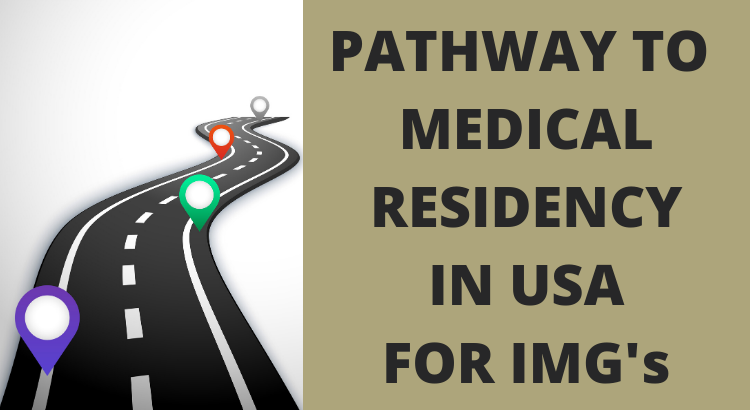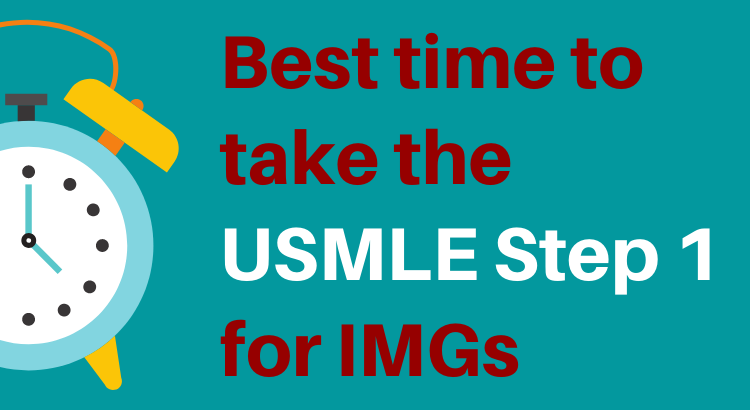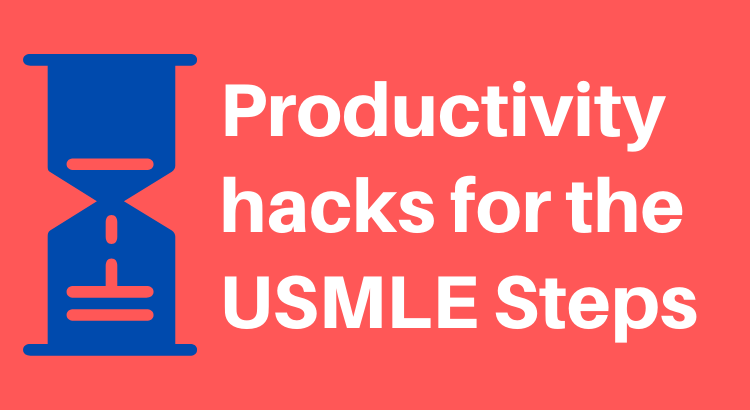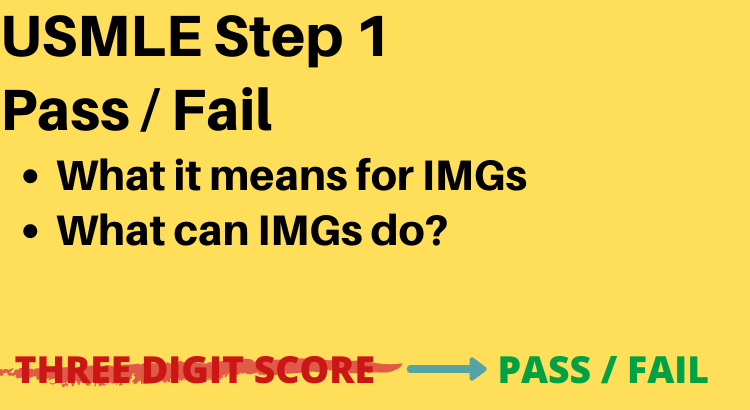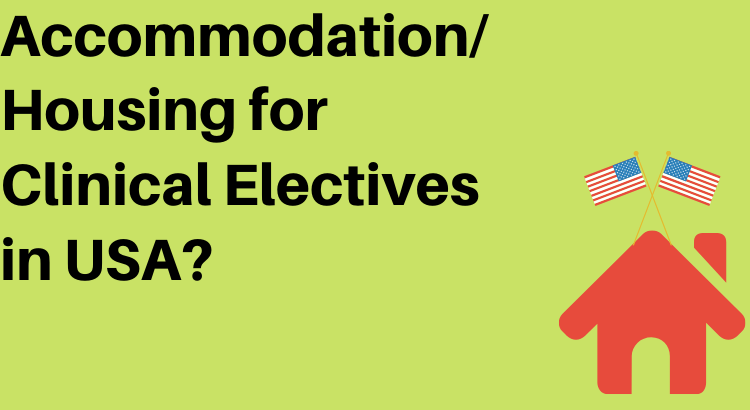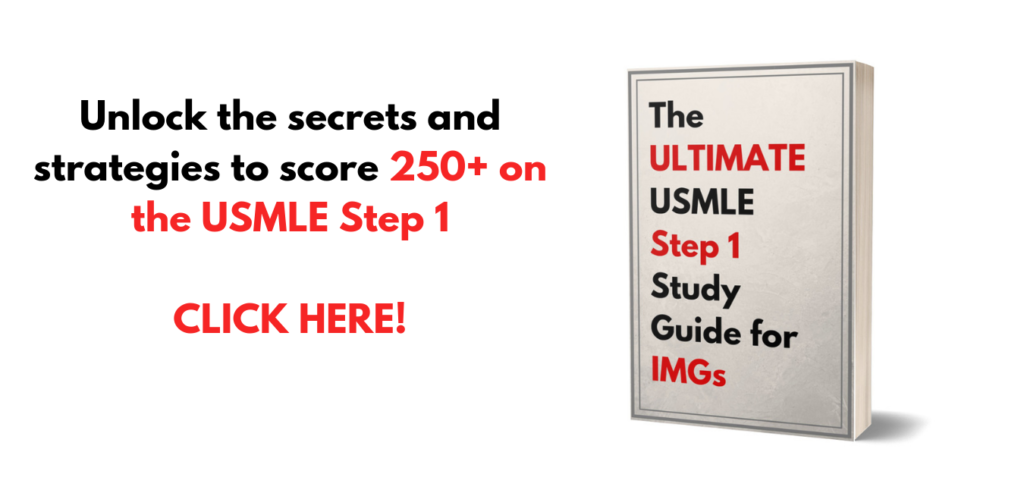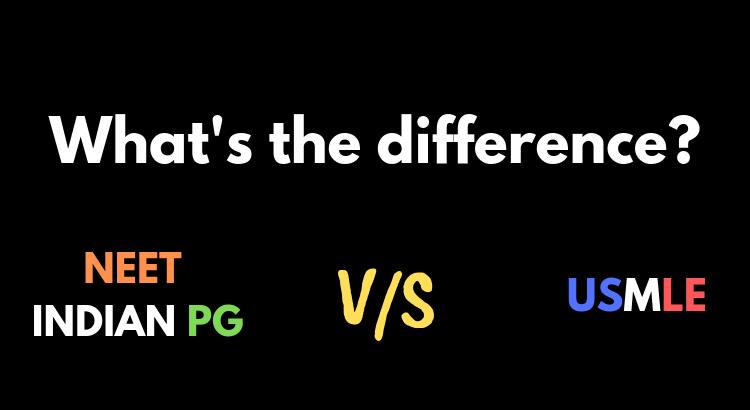Let’s talk about TOEFL for International Medical Graduates (IMGs), i.e., Test of English as a Foreign Language
Background
TOEFL is a test of your ability to comprehend, listen, speak, and write English. This test is specially designed for non-native English speakers, i.e., those with another mother tongue other than English.
Like USMLE, GRE, GMAT it’s a standardized test and is taken by students all over the globe who wish to enroll in English-speaking universities.
Since I am writing this blog keeping medical students in mind, you must know that a lot of students from different backgrounds are going to be taking this test. From people wanting to do their MS (Masters in Engineering in the US) to someone who wants to study Psychology, you’ll find all sorts of people in the test center.
As I said, the test is standardized and has four sections – reading (R), listening (L), speaking (S), and writing (W). In this order. Each of these sections carries 30 marks. Total Score being 120.
After you’re done taking the test, you will receive a score, e.g., 92/120. (R-22, L-22, S-24, W-24)
Perspective
Arjun, we have done our boards in English, and we’ve heard TOEFL is a piece of cake from our cousin who took GMAT for his MBA 2 years back. We don’t need an essay on how to prepare for TOEFL. WHY ARE YOU EVEN WRITING THIS POST?
Well, I know what you’re thinking! I thought the same thing. Having studied everything in English for so many years, and especially after taking USMLE STEP 1, I didn’t think of TOEFL as a challenge.
I guess you know why you need to give TOEFL right. FOR ELECTIVES!
Guess what, search google for “NIH VISITING STUDENT MEDICAL ELECTIVE.” And see the criteria.
As of 11th May 2020, the official website states – Minimum total score of 108, a minimum score of 28 on the listening subsection, & a minimum score of 28 on the speaking subsection.
Other places like Cleveland Clinic will also ask for the TOEFL score, as well as Step 1 score before they schedule you for electives.
Believe me, getting 28 on the speaking subsection is not a joke, and without practice, you’ll end up in the mid 20s, if not lower 20s.
Yeah, I know, you’re the modern Indian who don’t use your mother tongue as it’s so MIDDLE CLASS. From your house to the shopping mall washrooms, English is what you breathe. Londoners will sometimes find your hold of the language mind-boggling. So why worry? Right? Just go unprepared. You’ll pass, right?
Good luck. Unlike USMLE, you’re able to take this test multiple times.
So a good time to prepare for this test is immediately after Final year Part-2 exams. It Will hardly take you two weeks, and you’ll have the score in hand while you apply for electives. This is the case if you plan to do your electives after your internship. In case you want to do the electives before starting internship, take TOEFL after Final year Part-1.
What I did
Well, I am the kind of person who doesn’t like to take chances. Especially with cut-throat competition, even while securing electives, I didn’t want anything to go wrong. I wanted to get that ELUSIVE 28 on speaking so that I would qualify for NIH.
LOL! I did get 28 in speaking. My score was R-29, L-30, S-28, W-27. 114/120.
It’s not great, but I qualified for NIH, and that what I wanted. The thing is NIH ended up rejecting me twice, LOL. So I don’t know what to make of my efforts. But if you are on the same boat and don’t want to take any chances. Prepare well, my friend, before you go for this test.
How much time will you need? Should I worry?
Realistically, not much. Two weeks for the average Joe is enough, but how you practice will determine your score. For most of us who made it this far, taking USMLE Step 1, getting through medical education in English, I firmly believe that you won’t struggle much in the reading section.
Well, now you can finally thank the Movies and other American TV Show actors for preparing you for the listening section—time to reap the rewards. The place where I found several others struggling or getting a relatively poor score was in the speaking part and writing.
No matter how good your English is, most likely, you weren’t born in the West, and believe me; there are several ways the same thing can be said. So for you to get higher marks, you’ll need to speak like an American. No, not the accent! You’ll never need the accent, not even in Step 2 CS, but your choice of words is what matters.
How should I prepare for this Exam? Give me the details!
Even before I start writing this section, I would like to thank Dr. Sitaram Chilakamarry from Kakatiya Medical College for his TOEFL guide. I followed his advice, and it was gold. Most of what I suggest is what he said in his original post.
READING SECTION: This is English comprehension. You can use a ton of resources. An excellent place to start is the Princeton Review. I used this and found it to be reasonably helpful. You can also consider the official iBT Toefl guide.
LISTENING SECTION: If you have watched Breaking Bad, Game of Thrones, House MD, or other TV Dramas. You should be good to go, but do practice from either Princeton or Official Toefl guide once to get the hang of it. The books usually come with a practice CD. You can use that to practice the listensing section.
SPEAKING SECTION: This is where the magic happens! Most of us are either worried or over-confident about this section. When in doubt, listen to yourself. NO LITERALLY! Take out your phone and record yourself speaking. The best and only way to nail this section. I practiced this way and was comfortable in the real Exam speaking on the microphone. Oh, did I forget to tell you that 25+ other people who are sharing the exam hall with you will start shouting at the same time your speaking section starts? So yeah, if you don’t practice for this. You’ll screw this up.
The other thing I mentioned before. You’ll need to choose the right words and put them in the proper structure. For this, the best but yet free resource out there is from this kind and gentle soul, Mr. Joseph. He shared his ingenious yet simple trick for forming brief sentences so that you can get the most out of the 30seconds. Here are the links to his free videos-
Speaking Section Overview
Speaking Question 1
Speaking Question 2
Speaking Question 3
Speaking Question 4
Speaking Question 5
Speaking Question 6
PRACTICE! Every day for two weeks and you’ll be good to go. You don’t need a professional tutor or service, but you’ll need to practice. There won’t be a better time to use the Recorder app for your phone. You’ll be surprised when you listen to yourself speaking. Suddenly the all fashionable New Yorker will start to fumble and start mumbling like giving three medical vivas at once. Don’t give up. Keep on recording and practicing. You’ll get that elusive 28 or more. If I could do it, you’ll do better.
WRITING SECTION: This is that unpredictable section, where your sense of creativity and depth of knowledge meets a real challenge. Thankfully we are not applying for Masters in English language but medical electives. So most places won’t mind a slightly lower score in this section. I used Joseph’s videos to prepare for this section. I am linking them below for you.
Writing Section Overview
Writing Question 1
Writing Question 2
Last moment advice
1. Don’t bother if you get <28 on the speaking or listening. NIH might reject you anyway!
2. Book the exam center early. Book a month in advance, and if possible, give the Exam in the Prometric center. Try to give it there. I have heard that the proctors are better in the Prometric than other centers. Also, in case of a power outage or other problems, the Prometric staff takes far better care than other centers. At least that is what the situation is like in Kolkata. I gave mine in Prometric, and my PC stopped working for some reason during the speaking section. JUST IMAGINE. Anyway, the proctors fixed it straight away.
3. Google common TOEFL speaking and writing topics. Make a list of 25-30 and practice them regularly. Don’t worry if you get something out of the blue during the Exam. You’d go in auto-pilot if you practiced well enough.
4. Grab your copy of Princeton/iBT Official guide or whatever book you find on Amazon and start practicing the reading and the listening section (from the CD)
It has been quite some time since I took TOEFL, but I will be happy to answer your questions down in the comments section.
That’s it—best of luck, everyone.
About the author – Dr. Arjun Chatterjee
“I completed my MBBS and internship from Calcutta National Medical College. Having taken all steps and done my clinical electives, I plan to apply for residency in the United States of America (Match 2021). Right now, I am working as a Research Trainee in the Dept of GI at Mayo Clinic, my research interest being pancreatic cancer.”
Ask the author your questions using the comments section below.
Liked this post ? Share it with your friends on social media!
This blog is made by imgs for imgs, so help out your friends by sharing your USMLE experiences. You can fill out the form on the Contribute Page or email us at theindianmedicalstudent@gmail.com.
